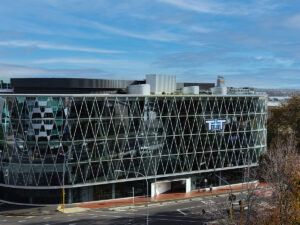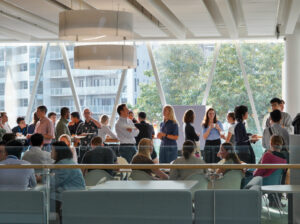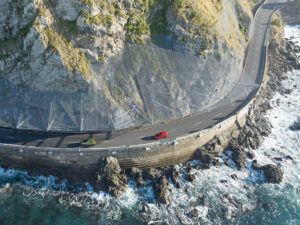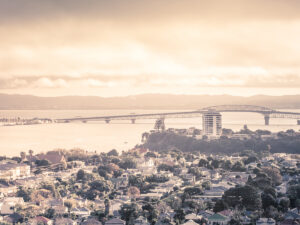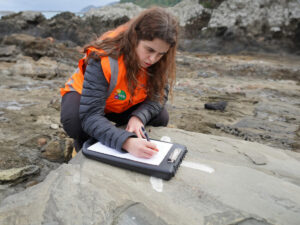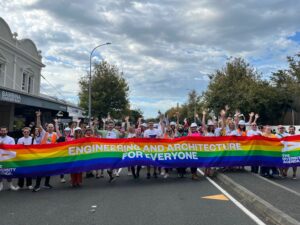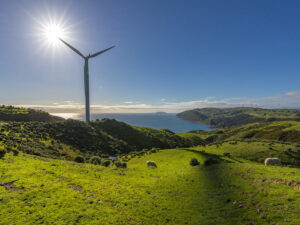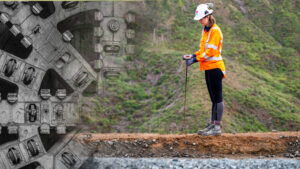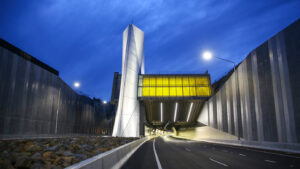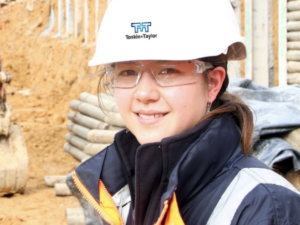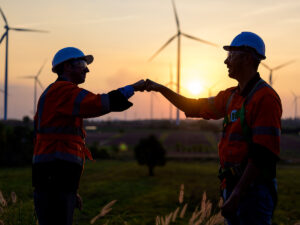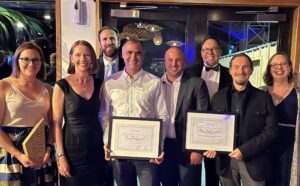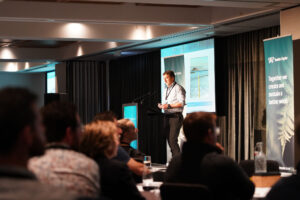How do we design for greater agency for our transportation choices in Aotearoa’s urban and suburban areas, is a question often posed to transportation engineers across the industry. So, we asked Alan Gregory, Transport Principal, how we can find a balance with our social and emotional dependence on transport, rather than fight it, to develop holistic and enduring transport solutions.
People’s love for cars is deeply rooted in practical needs and emotional connections. Cars represent much more than a mode of transport—they offer freedom, independence, and control in our lives.
For many, driving is not just about getting from point A to point B; it’s a form of expression, whether through the thrill of speed, the joy of exploration, or the satisfaction of mastering a skill. Beyond functionality, cars are often tied to status, personal identity, and cherished memories. This affinity has shaped the global car culture for over a century, with endless variations in vehicle design to meet diverse preferences.
While mass transit and active transportation modes are crucial, the car’s enduring appeal suggests it will remain an integral part of our transport landscape for many years.
Planning with a focus on people’s interactions with transportation
As transport professionals, much of our work involves making cars go faster by adding infrastructure or retrofitting more sustainable mode facilities into existing infrastructure, but without impeding traffic flow. Both are compromises that never truly solve the problem if indeed we understand what the problem is we are trying to solve.
“We need to take a step back and think about the purpose of transport and consider the human element before we start talking about cars, trucks, and buses,” says Alan.
“Thinking about the bigger picture, I am drawn back to Simon Sinek and his golden circle; we need to understand the why before we dive headlong into the how and what. Why people want or need to travel is the most important question that needs to be understood before we start with the route and modal choice.” As Programme Manager for the reintroduction of the Hamilton to Auckland regional rail service, it was clear to Alan that regular travellers could be convinced to swap their cars for public transport if they met a perceived minimum standard of quality and reliability
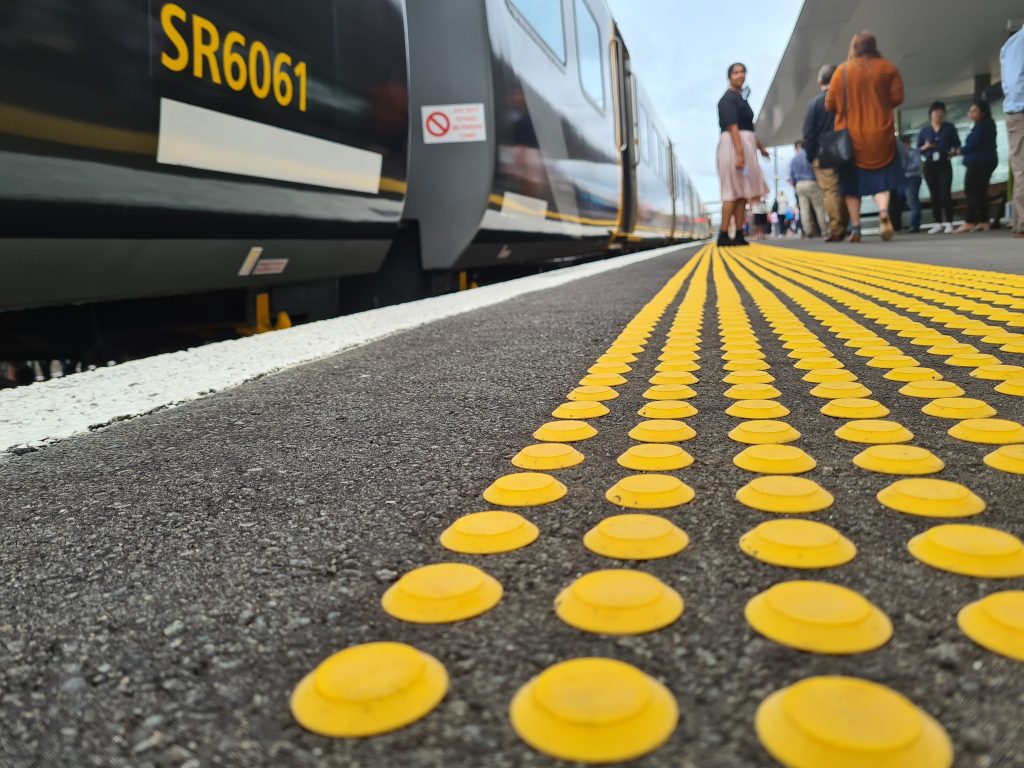
“The cost of implementation will always be high, and a full economic return may never be realised as it takes time to build trust in something new,” explains Alan. However, this project highlights that using a car can be part of the trip chain without becoming all of it.
Coexisting Holistic Transportation Options
A holistic approach to transport requires an integration of mass transit and individual transport systems, allowing them to coexist effectively. In urban areas, where congestion peaks during rush hours, driving presents a paradox: it offers convenience but exacerbates the very traffic issues it seeks to avoid.
Individual preferences for driving remain strong, particularly for short, local journeys that require the convenience of a car, such as your weekly food shop. However, there is an opportunity to shift behaviours by investing in attractive alternatives, such as light rail and enhanced public transport systems. The success of these alternatives hinges on strategic investment in infrastructure—creating public transport options that are efficient, reliable, and appealing to users.
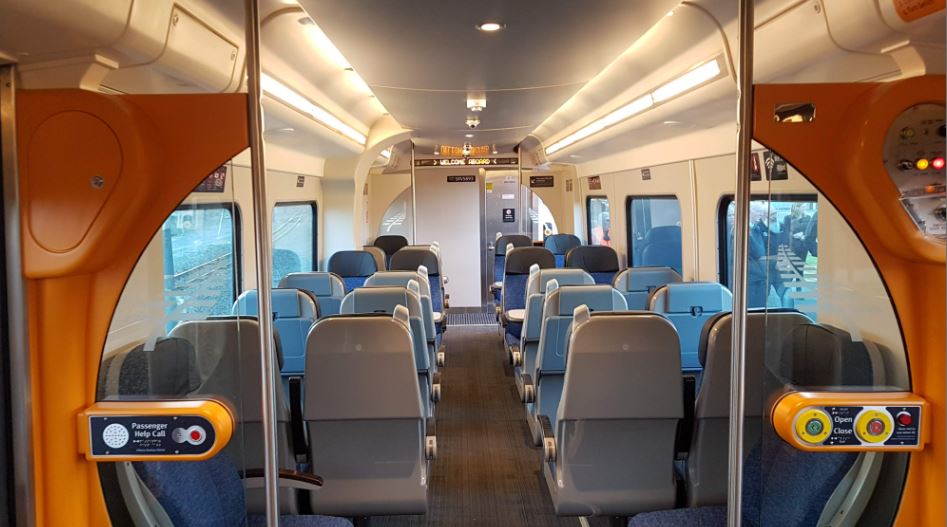
“The principle of ‘build it, and they will come’ is key to encouraging a modal shift, intending to reduce reliance on private vehicles by making public transport a more compelling choice,” Alan highlights.
“In this light, we need to focus on what makes an attractive and competitive alternative to the private car for the urban commute. This does not require public transport to offer an identical experience to the private car, what it relates to is how people will accept a compromise to achieve a better outcome.”
Overcoming the Stereotypes
We see many articles and hear numerous soundbites that tell us that ‘people’ don’t like public transportation because it is slow, inconvenient, and expensive. But in a heavily congested city, how convenient is driving?
“In project management circles we talk of the quality, time, and cost triangle where you can have any two but must compromise the third, “says Alan. “This analogy has a direct relationship to how we should think about public transport. So, the trifecta of slow, inconvenient, and expensive needs to be examined through its antithesis of fast, convenient, and cheap. If you have a fast and convenient service it will not be cheap, and if you have a fast and cheap service it will not be convenient.”
Expensive public transport is not an acceptable option as an alternative to their car, but if something is cheaper it provides an incentive, at a lower level of speed or reliability.
When we translate this back into the world of the car, which would you prefer – a fast car or a reliable one? The resounding answer from the majority always lands on reliability.
The key attractors for public transport are reliability, accurate timetables, and timeliness. Swapping fast for reliability and applying it to a congested network such as London, we see that millions of people everyday compromise part of their convenience for a reliable and inexpensive journey on public transport.
The key to greater agency in transport
The key to success is reliability and cost, and in offering this we can persuade many commuters out of their cars and onto public transport. But it must be done properly, with no bottlenecks, and a timetable that does not require long waits and runs into the night to capture late evening commuters.
Alan explains that “this level of service is generally considered unaffordable as funding mechanisms tend to rely on farebox recovery and commercial viability of operations. Public transport is a service, that can be accessed for free as part of local rates or congestion charging. We must ensure it is reliable and create a sense of envy for those commuting by car who sit in a queue watching the public transport passing by every five minutes.”
We need to invest upfront and provide a delay-free network and level of public transport service, particularly if it compromises road space for single-occupancy vehicles. By making the service free or a modest price, and ensuring it operates reliably and frequently, people will soon decide the car is for the weekend.


